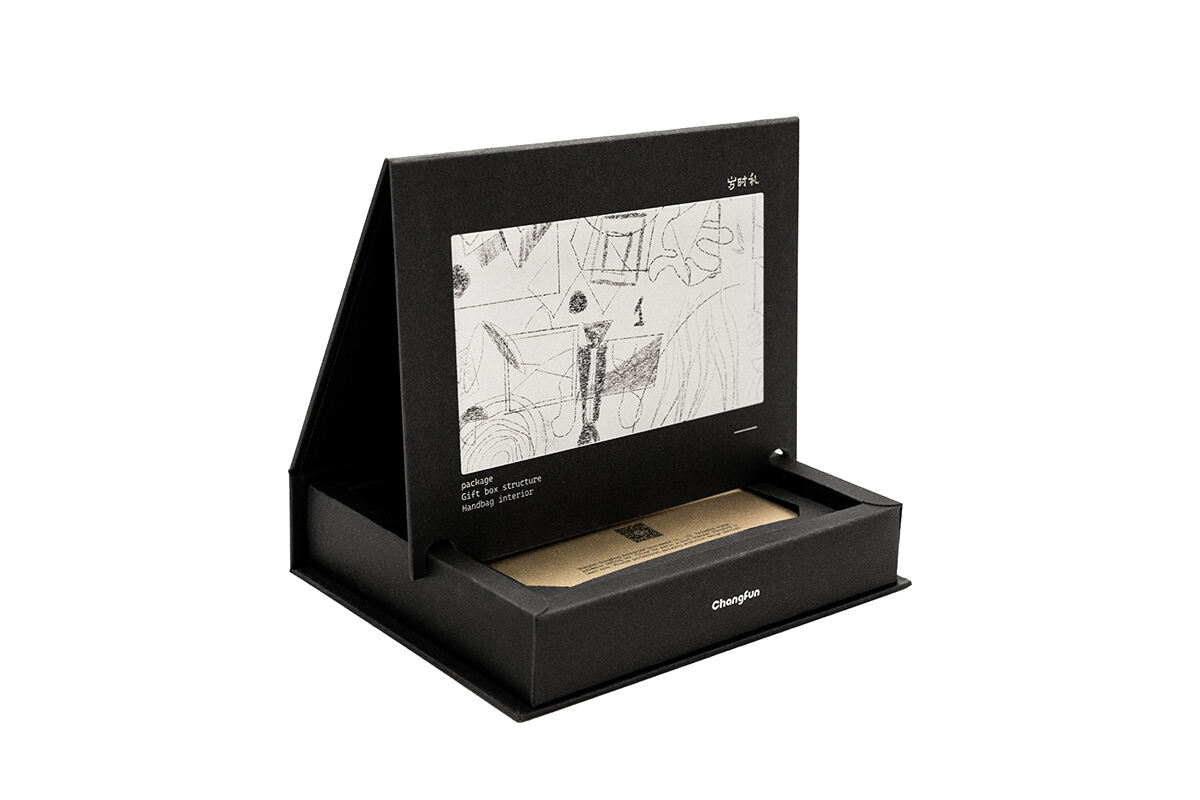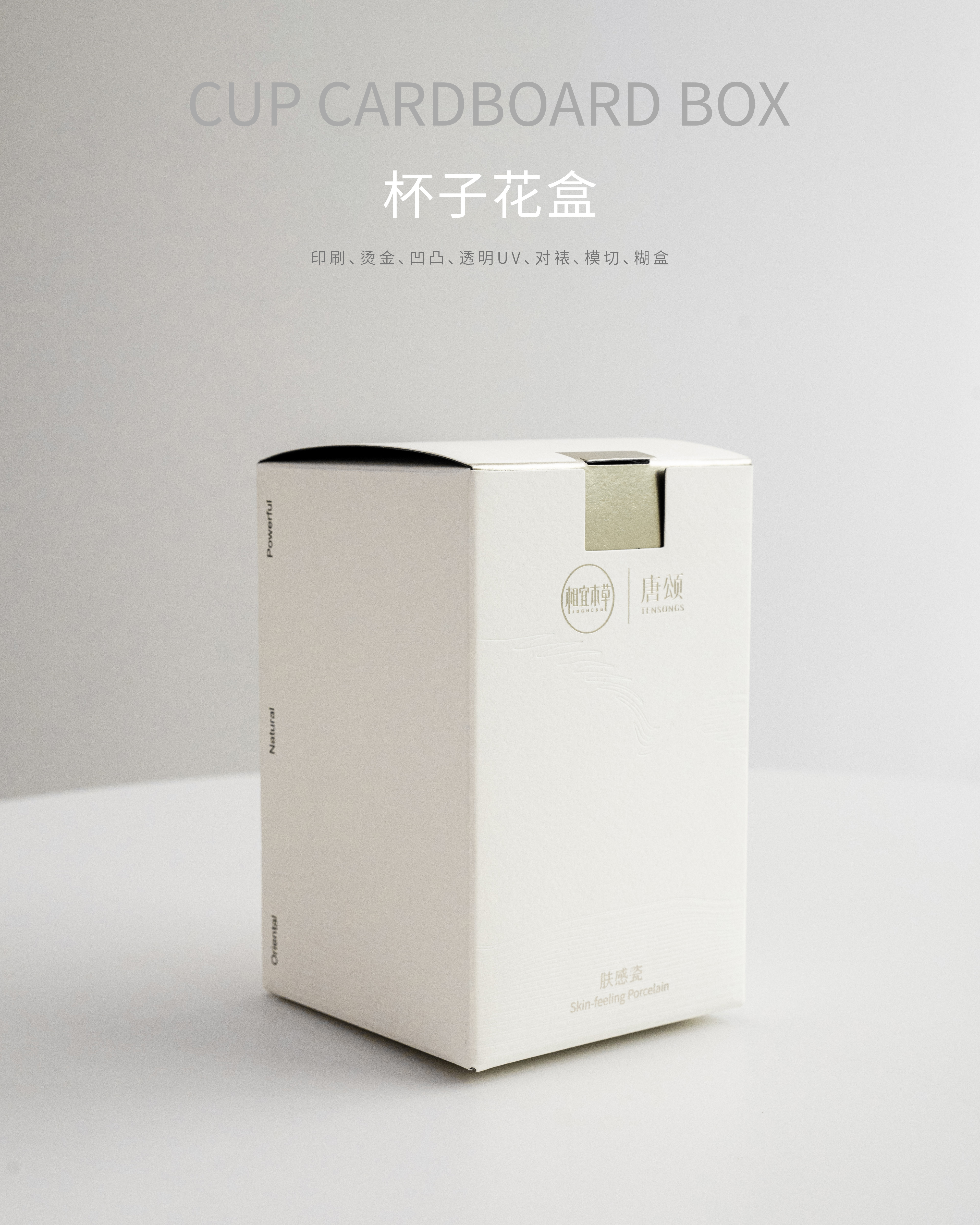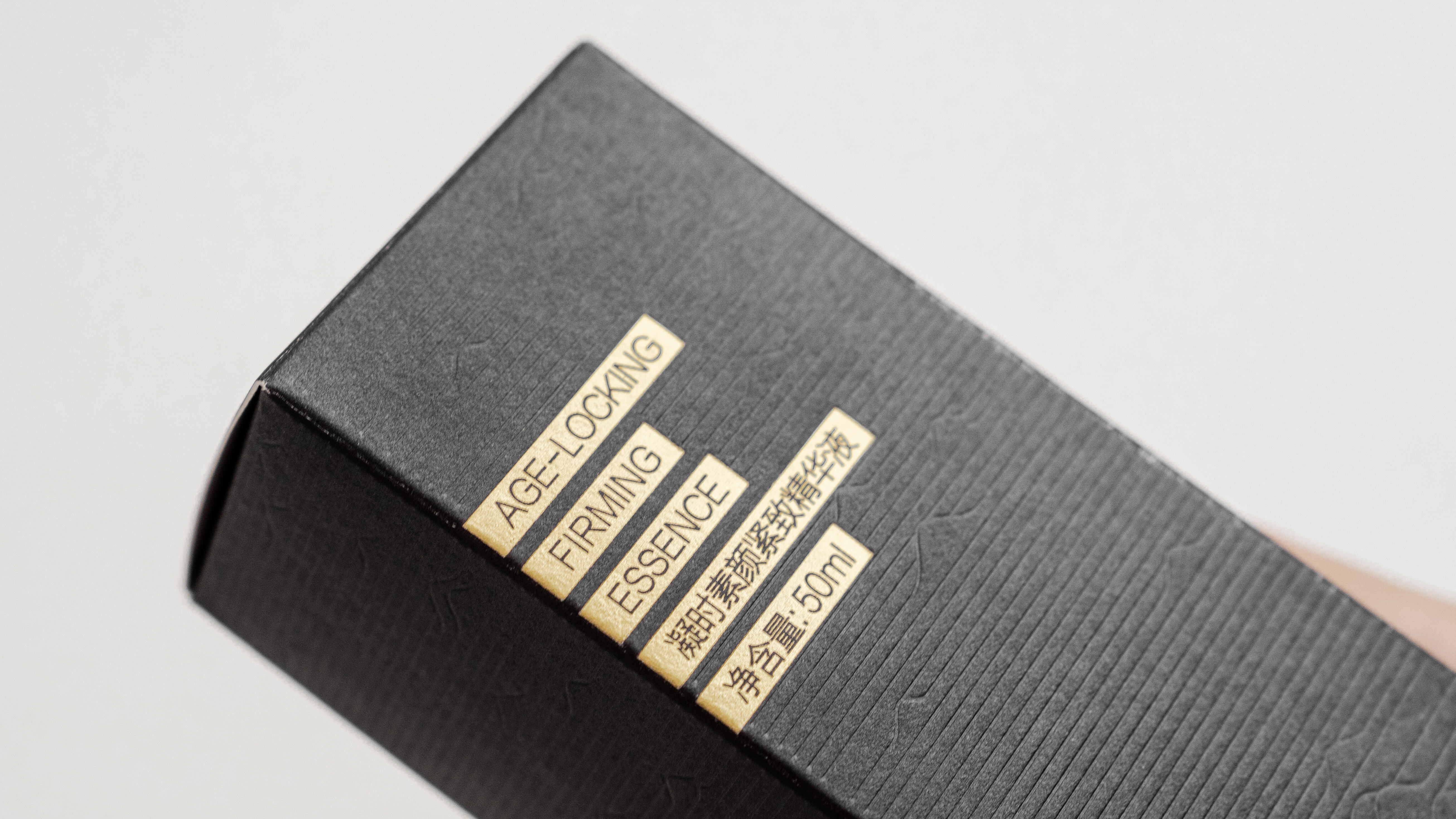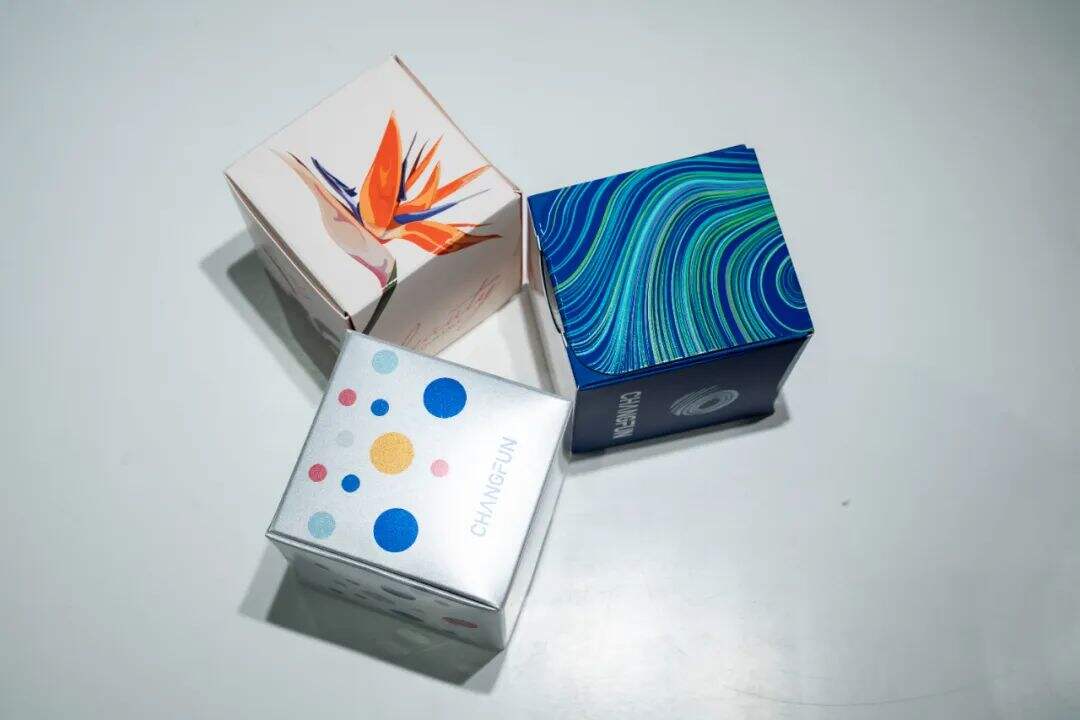İnqilabçı Biodegradasiya Olan Materialların İnnovasiyası
Ən ekoloji dost bağlama materialı, dayanıqlı bağlama texnologiyasında kəmiyyətcə böyük addım təşkil edən, son dərəcə inkişaf etmiş biodegradasiya olunan materiallardan istifadə edir. Bu irəliləmiş materiallar nişasta, buğda zülalı, dəniz məhsullarının tullantılarından alınan xitozan və kompost şəraitində 90-dan 180 günə qədər tamamilə parçalanabilən sellüloz törəmələri daxil olmaqla, bərpa olunan bioloji resurslardan hazırlanır. İnnovativ istehsal prosesi bu üzvi birləşmələri gələnəvi plastik performansına rəqiblik edən, eyni zamanda tam ekoloji uyğunluğunu qoruyan möhkəm, elastik və qoruyucu bağlama həllərinə çevirir. Ən ekoloji dost bağlama materiallarının biodegradasiya xüsusiyyəti ondan ibarətdir ki, bu materiallar təbii mühitdə qalsa belə, vəhşi təbiətə və ekosistemlərə zərər verən toksik kimyəvi maddələr və mikroplastiklər buraxmadan təhlükəsiz şəkildə parçalanır. Bu inqilabi yanaşma, gələnəvi bağlama materiallarının bütün vacib funksiyalarını yerinə yetirərək istifadədən sonra təhlükəsiz şəkildə təbiətə qayıdan praktik alternativ təklif edərək, kritik qlobal plastik çirklənməsi problemi ilə mübarizə aparır. Bu innovasiyaların arxasında duran materialşünaslıq, saxlama, nəqliyyat və manipulyasiya zamanı meydana gələn yüklərə dözən, lakin nəm, oksigen və mikrobioloji fəaliyyət tərəfindən işə salınan təbii parçalanma proseslərinə həssas qalan molekulyar strukturlar yaradan, mürəkkəb polimer kimyasından ibarətdir. Ən ekoloji dost bağlama üçün test protokolları parçalanma nəticəsində yaranan məhsulların toksik olmadığını və torpağın sağlamlığı üçün faktiki olaraq faydalı olduğunu təmin edir ki, bu da bağlama tullantılarının qiymətli üzvi maddəyə çevrildiyi qapalı dövri sistem yaradır. Bu biodegradasiya olunan materialların istehsal miqyası sənaye səviyyəsinə çatmışdır və ən ekoloji dost bağlama ənənəvi variantlarla iqtisadi cəhətdən rəqabət aparmağa imkan verərək, üstünlük təşkil edən ekoloji performans təqdim edir. Keyfiyyətə nəzarət tədbirləri barьер xüsusiyyətlərinin, möhkəmlik parametrlərinin və parçalanma müddətlərinin ardıcıl olmasını təmin edir və bizneslərə həm performans, həm də davamlılıq tələblərini ödəyən etibarlı bağlama həlləri təqdim edir. Bu innovasiya, qida kontakt səthləri, dərman qabları və elektronika qorunması daxil olmaqla, xüsusi tətbiq sahələrinə də yayılmışdır ki, bu da müasir biodegradasiya olunan bağlama materiallarının universal tətbiqini və irəliləmiş mühəndislik imkanlarını nümayiş etdirir.





